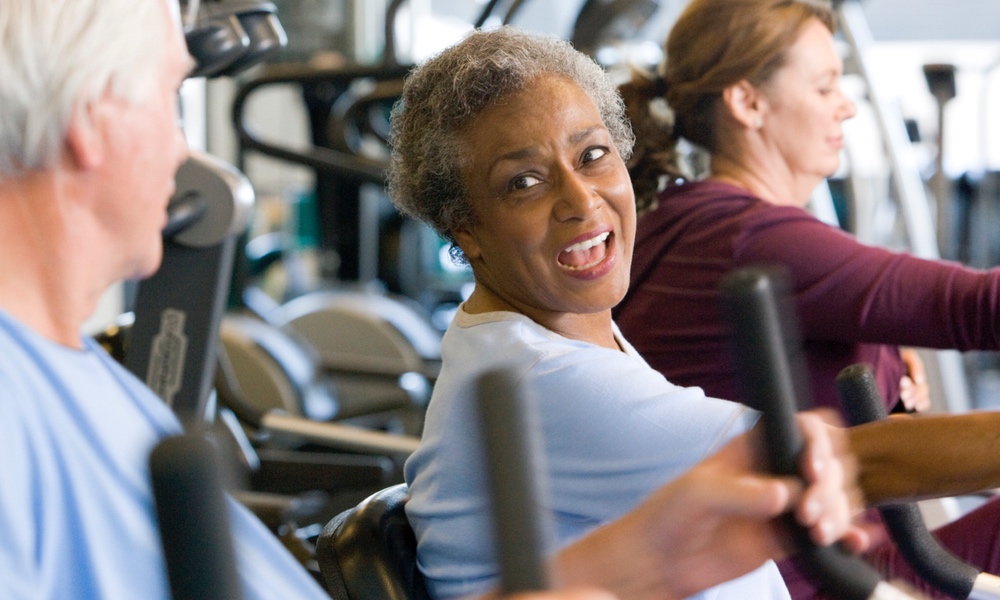The amount of exercise the U.S. Centers for Disease Control and the American College of Cardiology/American Heart Association recommend is the same for men and women. Women have consistently gotten less exercise than men, leading to a gender gap in physical activity that begins in childhood and adolescence and continues into adulthood. But does this gender gap in exercise affect health outcomes and mortality? Not really.
Women appear to get more cardiovascular benefit from each minute of moderate-to-vigorous exercise than men do, according to a team from the Smidt Heart Institute at Cedars-Sinai Medical Center in Los Angeles. “It's an incentivizing notion that we hope women will take to heart,” Martha Gulati, co-lead author of the study and director of preventive cardiology at the Smidt Heart Institute, said in a statement.Women get more out of each minute of moderate-to-vigorous exercise than men do. In fact, women got the same degree of benefit in half the time.
The findings will hopefully motivate women who do not exercise regularly to understand how even an incremental improvement in activity can benefit their longer-term health, Christine Albert, the chair of the cardiology department at the Smidt Institute, who was not involved in the study, said in a statement.
Compared to inactivity, regular physical activity reduced all-cause mortality risk by 24 percent in women and 15 percent in men. Men reached the maximum survival benefit of moderate-to-vigorous aerobic physical activity, such as cycling or brisk walking, by doing this type of activity about five times per week.
Women got the same degree of benefit in half the time — by exercising just under two-and-a half hours each week. They received even extra benefit from doing more than two-and-a-half hours of moderate-to-vigorous aerobic activity per week.
Men gained more than women from muscle-strengthening exercise, such as core strengthening exercises or weightlifting, in three sessions per week. But women got the same benefit from one session per week. And even more benefit from two or more sessions per week of muscle-strengthening exercise.
Housework may be a factor. “Unmeasured variation in household or other activities that can vary by gender could have contributed to outcome differences,” the researchers write. Another factor may be recall bias. More studies are needed to determine if that influences how the benefits of exercise vary by gender.





